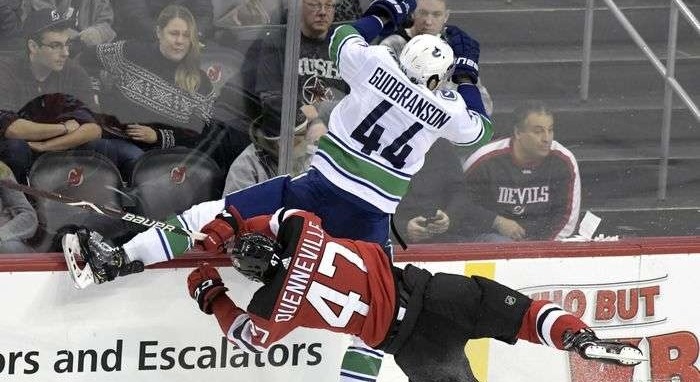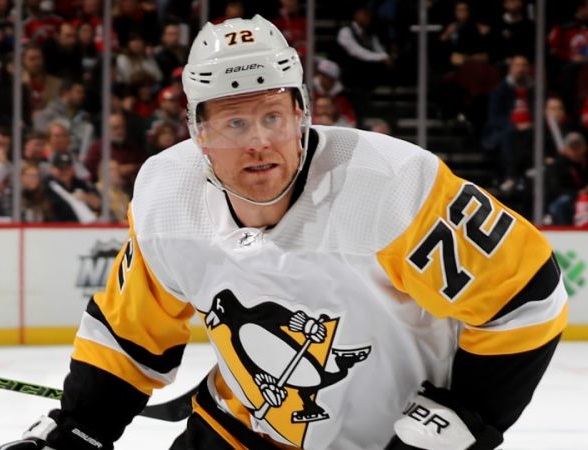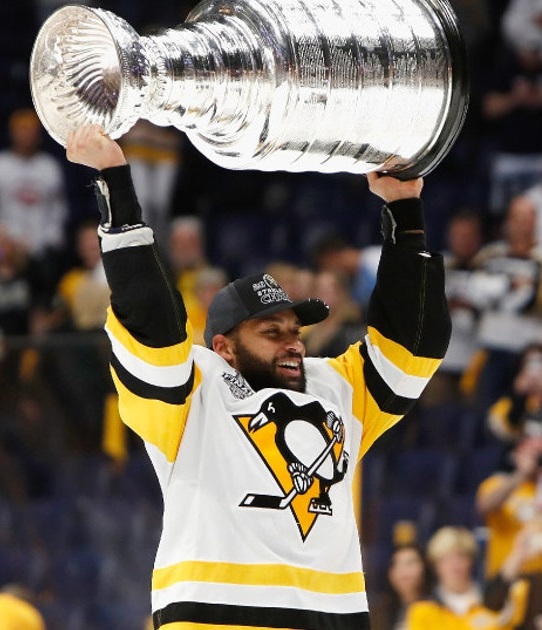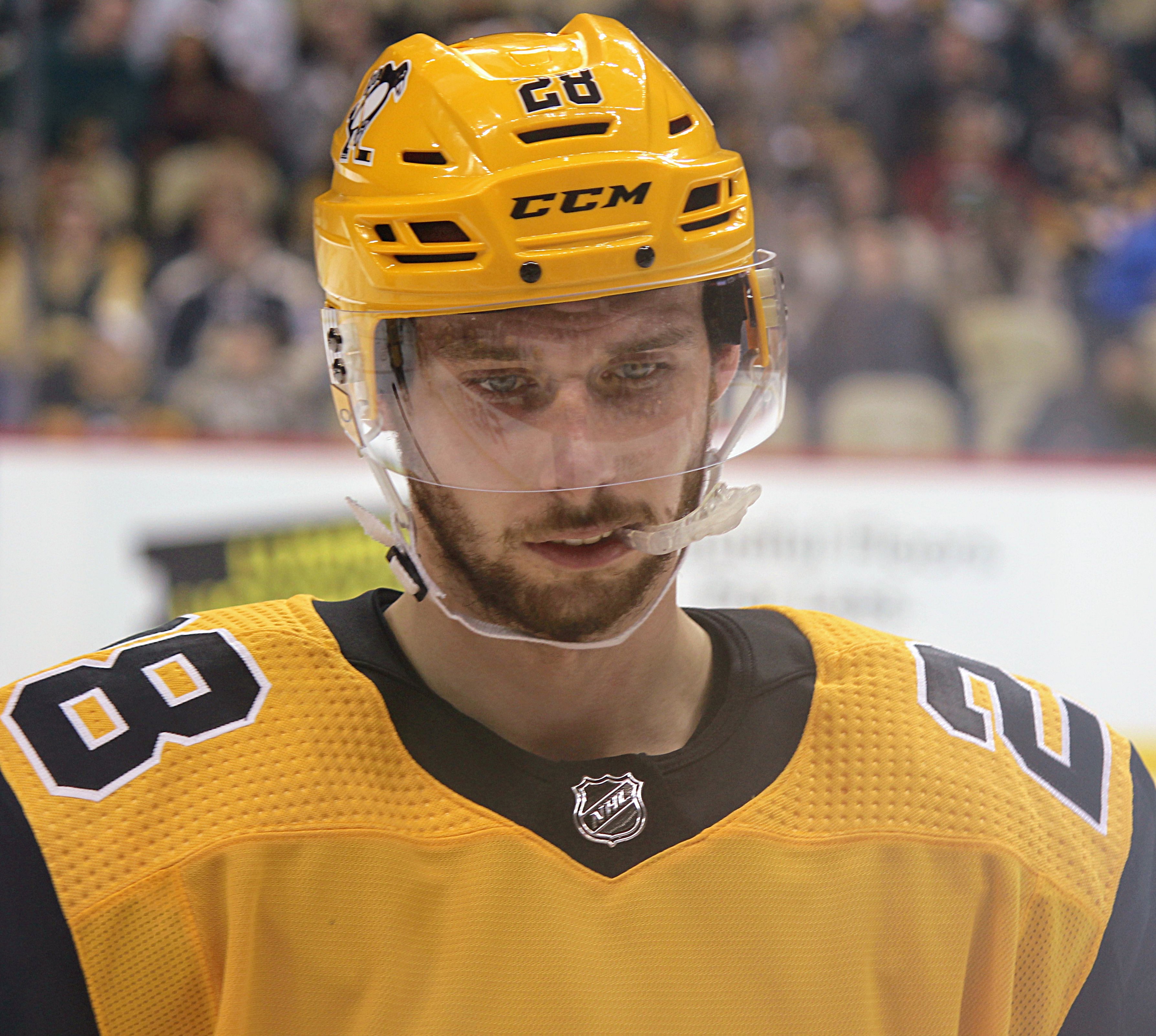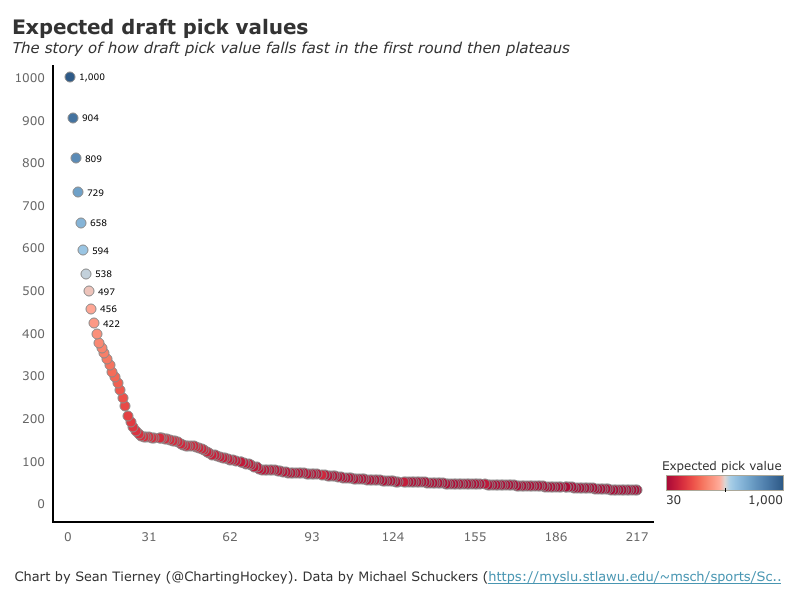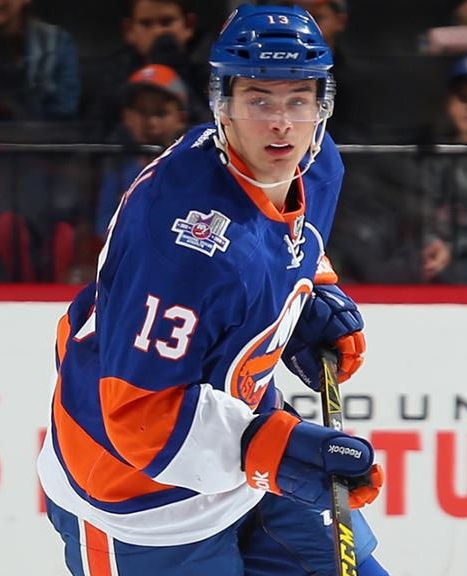Jim Rutherford is a man of extremes. The same man who shrewdly sent three non-first round picks and scrap metal to Florida in exchange for two younger, underrated players in Nick Bjugstad and Jared McCann, inexplicably turned around and saddled his club’s roster and bank account for the next 2+ seasons with the “tough” but irrelevant Erik Gudbranson, widely acknowledged as one of the worst defenseman in the NHL.
Yesterday, Pensblog brother Geoff dissected statistics to explain Gudbranson’s utter mediocrity. There is simply no angle from which anyone can actually view Gudbranson as useful.
Trades always lead to the question, “Who are the best (and worst) GMs in the NHL?” If the chief priority for a manager is to build a financially-efficient roster that can legitimately contend for the Stanley Cup, then he must be successful in finding the right players from drafting, waivers, free agency and trades.
The trade deadline earlier this week represented a good time to assess all the trades of Rutherford’s nearly five-season tenure as Pittsburgh Penguins general manager.
- Has the value of players while skating for the Penguins, acquired in trades by Rutherford, exceeded the after-Pittsburgh value of players traded away?
- How can we assess the value of future draft picks that were exchanged for roster players?
To be as objective as possible, Hockey Reference’s Point Shares (PS) is used to assess regular season contributions for non-goalies. This statistic is an estimate of the number of standings points a given player adds or takes away from his team. For example, a player with 6.0 PS added six points (or three wins) to his team. Playoff points per game is also presented as a highly simplistic measure of post-season contribution.
all trades made by jim rutherford
(For best results, click “View full-size workbook” (4th button at lower-right) or “Download” (1st button at lower-right) on the Table’s bottom taskbar. All data collected after games played on February 23, 2019.)
- The column “Non-NHL” shows players who have not played an NHL game for the Penguins (or the team that partnered with the Penguins in a trade) since the time of the deal. These are generally journeymen on their way out of hockey or young prospects. Their current age, position and highest professional or amateur league are also listed.
- Deals highlighted in green are considered trades the Penguins won based on the players obtained providing higher aggregate PS than the aggregate PS the players sent away contributed to all their subsequent teams.
- Deals highlighted in red are trades the Penguins lost due to the opposite result where the obtained players’ total PS is less than the former Penguins’ total PS.
- For trades where all players involved have PS ranging from -1.0 to +1.0, the trade is not rated. This could be due to players with little or no NHL experience or the trade occurring in the current 2018-19 season and therefore being too early to properly assess their contributions to Pittsburgh and other teams.
- Overall, Rutherford has acquired players who have earned a total of 135.2 PS (4.9 PS/82 games) and scored 0.46 playoff points per game. The players dealt away have totaled 119.3 PS (3.7 PS/82 games) and scored 0.31 playoff points per game.
- The Penguins currently have seven prospects, yet to play in the NHL, acquired in trades by Rutherford: 1 NCAA, 3 CHL, 3 AHL
- Rutherford has traded away 14 draft picks or prospects yet to play in the NHL: 4 NCAA, 3 CHL, 3 AHL, 4 European professional leagues
rutherford year-by-year trade won-lost record
2014-15: 3-3
2015-16: 4-1
2016-17: 1-2
2017-18: 2-6
2018-19: 2-1
TOTAL: 12-13
CAVEATS
It cannot be emphasized enough that trades rated as “wins” and “losses” in the table and summarized in the year-by-year records are solely based on regular season Point Shares. It is a cursory first step in assessing the value Rutherford has obtained and relinquished in trades based on one catch-all statistic, Point Shares. We absolutely need to consider whether this criteria makes sense and look at playoff performance too before we make any conclusions.
ANALYSIS
At first blush, Rutherford’s year-by-year trade record seems to match the eye test: obtaining a net surplus of value in trades during the two Cup-winning seasons followed by some questionable deals in the next two campaigns.
2014-15
Rutherford’s first-ever trade at the helm of the Penguins was acquiring Patric Hornqvist and Nick Spaling for James Neal. This was a surprise at the time considering Neal was one year younger than Hornqvist and had just posted the highest points-per-game rate of his career plus a sixth-straight 20+ goal season. Hornqvist more than justified the acquisition cost, especially in the playoffs, where his production edges out Neal’s since the trade.
While the Penguins ultimately fizzled out in 2014-15, Rutherford acquired a pair of depth defensemen at the trade deadline, getting Ian Cole and repatriating Ben Lovejoy. Cole helped Pittsburgh win two Cups while Lovejoy was part of the 2016 championship club. Note the closeness of Point Shares between Lovejoy and Simon Despres as well as between Cole and Robert Bortuzzo.
2015-16
Every trade Rutherford pulled off was a winner. The feared HBK Line was created completely from trades. Indeed, the Carl Hagelin trade is hardly a “red” deal considering he contributed so much to both Cup winners in the playoffs. The Phil Kessel trade speaks for itself. Of all players acquired or sent away by Rutherford, Kessel has earned the highest number of Point Shares and he led the entire league in combined playoff goals in 2016 and 2017. Maybe in 10 years, Kasperi Kapanen – Rutherford’s first-ever pick in Pittsburgh – might make this deal seem more even but it’s safe to say this is one of his best trades.
Of course acquiring defensemen Trevor Daley and Justin Schultz for pennies on the dollar while torpedoing Rob Scuderi’s contract was another set of masterful moves.
2016-17
Most of the trades were minor involving draft picks or prospects whose value is yet to be determined. Once again, Rutherford’s penchant for obtaining low-key depth defensemen in trades surfaced when he acquired Ron Hainsey and Mark Streit late in the season. Both hoisted the Cup in June.
2017-18
This was an active and controversial trading year as Rutherford made a personal high of eight deals and sent away two first-round draft picks. The Ryan Reaves trade which cost a first-round pick was panned immediately and looked worse and worse as coach Mike Sullivan severely limited his ice time. At the trade deadline, dealing a top goaltending prospect and another first-round pick for center Derick Brassard was a high cost but seemed reasonable for a win-now club. Yet that trade also became a dud.
2018-19
This season, Rutherford has mostly made deals involving roster players and prospects instead of draft picks. Yet again, he was able to obtain an under-the-radar blueliner in Marcus Pettersson in exchange for stagnating Daniel Sprong. He salvaged the wreckage of the Brassard experiment by bringing in Bjugstad and McCann, who has already scored five goals in 13 games as a Penguin.
Unfortunately, like acquiring Reaves last season, bringing in a battler in Gudbranson makes little sense, an unwise reactionary transaction seemingly done only in response to the fights last week with San Jose and the injuries suffered by Brian Dumoulin and Kris Letang last Saturday night in Philadelphia.
evaluating future draft picks
A lot of research has gone into placing a numerical value on a future draft pick. Surprisingly, analysts have shown that the expected value of a draft pick between the second and fourth rounds are essentially the same. Note the sharp drop even within the first round and the plateau in lower rounds. (Click image for interactive version.)
the curse of david perron
This is not to say that a contending club should recklessly throw away its top draft choice if it projects to be in the lower-half of the first round. The trade thread of David Perron is a cautionary tale. Before and after his time in Pittsburgh, Perron has always been a top-six forward. For various reasons, his time as a Penguin never worked out. Rutherford traded a 2015 first-round pick for him, then a year later dealt Perron to Anaheim for Hagelin, a major contributor to the back-to-back Cup wins.
However, that 2015 first-rounder, 16th overall – the top of the lower-half of the first round – which went to Edmonton and subsequently to New York Islanders ended up being … Mathew Barzal, 2018 Calder Trophy winner and 2019 All-Star. Barzal, with just 147 games played, is on a short list of players under 22 years old who have earned at least 13.8 Point Shares in their first three seasons.
| Scor | Scor | Scor | Poin | Poin | ||||||
|---|---|---|---|---|---|---|---|---|---|---|
| Player | GP | Tm | From | To | G | A | PTS | OPS | DPS | PS |
| Mathew Barzal | 147 | NYI | 2016 | 2019 | 39 | 98 | 137 | 10.5 | 3.2 | 13.8 |
| Jordan Eberle | 147 | EDM | 2010 | 2012 | 52 | 67 | 119 | 11.6 | 2.7 | 14.3 |
| Alex DeBrincat | 146 | CHI | 2017 | 2019 | 64 | 52 | 116 | 11.6 | 2.9 | 14.5 |
| Barry Beck | 138 | CLR | 1977 | 1979 | 36 | 66 | 102 | 8.2 | 5.6 | 13.8 |
| Greg Hawgood | 134 | BOS | 1987 | 1990 | 27 | 51 | 78 | 5.1 | 9.1 | 14.2 |
| Paul Kariya* | 129 | MDA | 1994 | 1996 | 68 | 79 | 147 | 13.7 | 1.3 | 15.0 |
| Sandis Ozolinsh | 118 | SJS | 1992 | 1994 | 33 | 54 | 87 | 7.3 | 6.7 | 14.1 |
| Brad Park* | 114 | NYR | 1968 | 1970 | 14 | 49 | 63 | 4.9 | 9.1 | 14.0 |
| Bobby Orr* | 113 | BOS | 1967 | 1969 | 32 | 63 | 95 | 9.8 | 9.3 | 19.1 |
Following the thread further, Hagelin begat Tanner Pearson, and Pearson begat Gudbranson.
Woof.
* * *
Clearly, under Jim Rutherford, the Penguins are a club willing to aggressively pursue Stanley Cups through trades that sacrifice the future. We won’t know for several seasons how many future Barzals Pittsburgh gives up in the chase for Cups. But if the return on a first-round pick is a player that contributes significantly to another championship drive, that’s a trade Penguins fans would support 100 times out of 100. Flags fly forever.
Add The Sports Daily to your Google News Feed!
